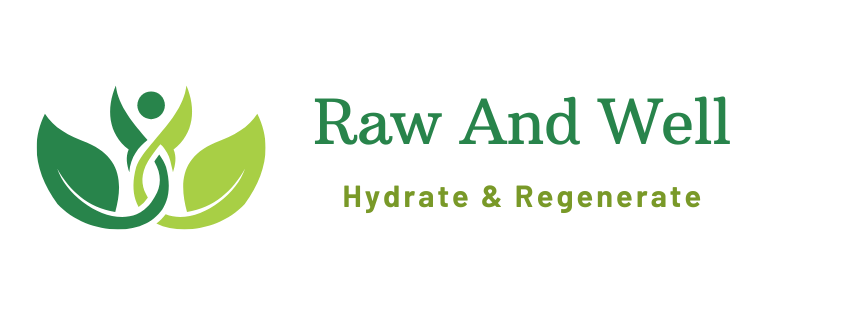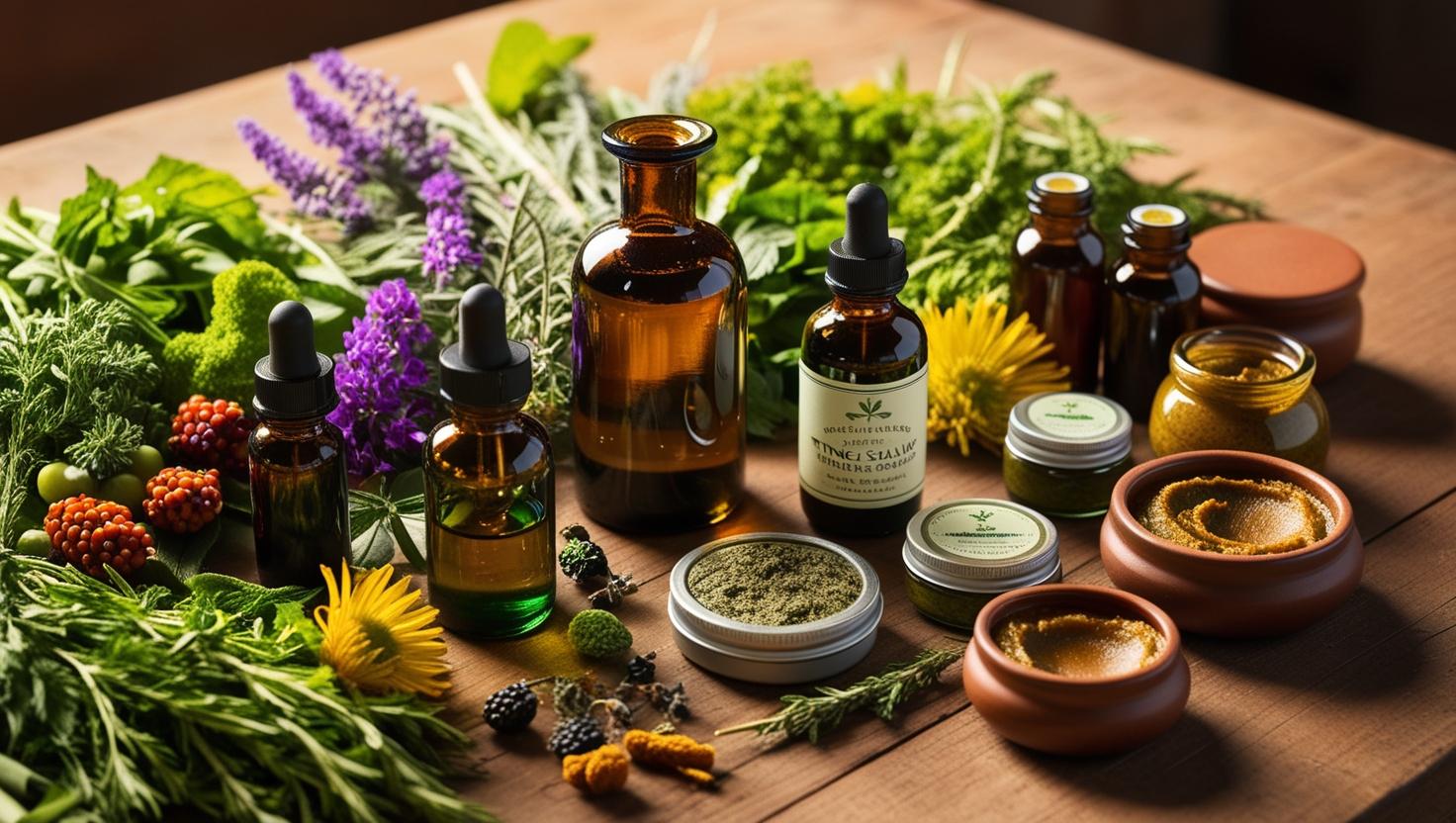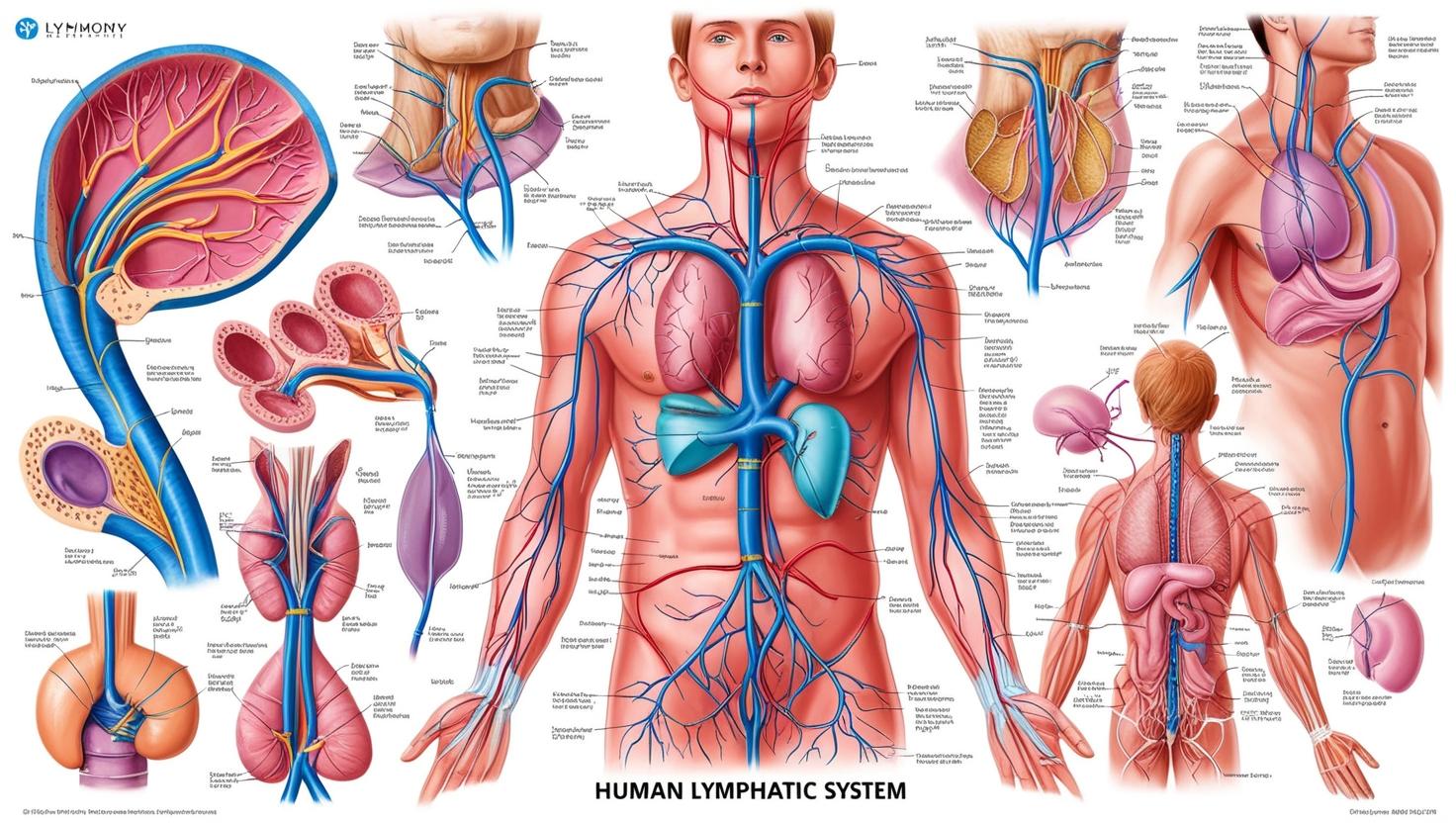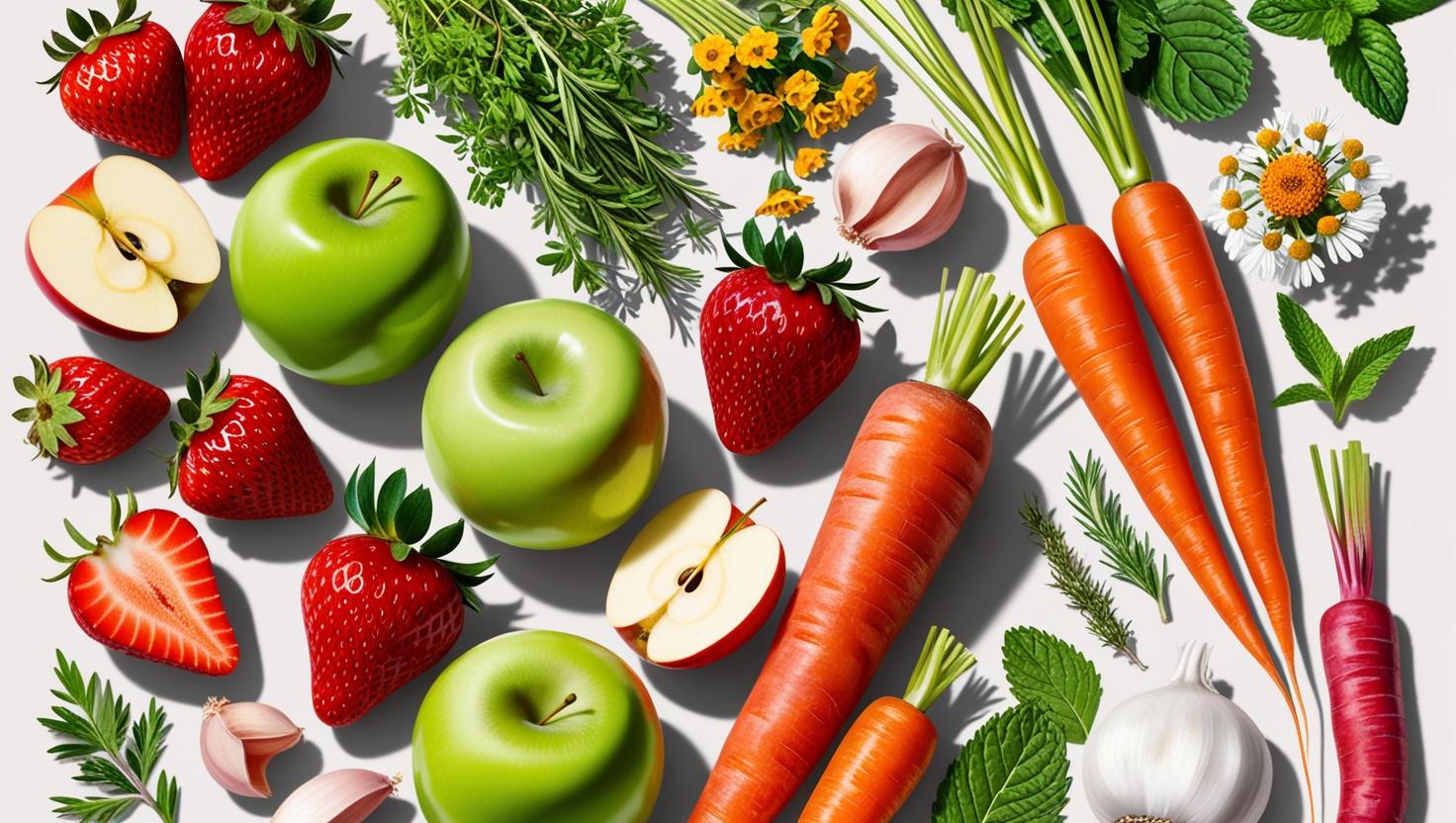Detox Your Home
In a world where every minute seems to bring news of another environmental or health crisis, creating a toxin-free home isn’t just a luxury—it’s a necessity. For those committed to wellness, sustainability, and a healthier planet, understanding how to detoxify your living space is crucial. This guide will explore the sources of household toxins, their impact, and offer practical, eco-friendly solutions for a clean and green environment.
Understanding Household Toxins
Every day, we’re exposed to a myriad of toxins in our own homes. These toxins often come from unsuspected sources, silently impacting our health and the environment. From cleaning products to air fresheners and plastics, the chemicals present can be harmful.
For instance, many commercial cleaning products contain volatile organic compounds (VOCs) that evaporate into the air, contributing to indoor air pollution. Plastics are another culprit, often releasing harmful substances like bisphenol A (BPA) and phthalates into the air and water.
Another major source of household toxins is synthetic fragrances. Found in everything from laundry detergents to candles, these fragrances may contain phthalates which disrupt hormones and can cause allergic reactions.
Meanwhile, personal care products, often laden with parabens and sulfates, can also contribute to the cocktail of chemicals we encounter daily.
Identifying these sources is the first step to detoxifying your home. By becoming aware of the items you use regularly, you can make informed decisions about what to keep and what to replace with safer alternatives.


The Impact on Health and the Environment
The effects of household toxins on health can be profound. Exposure to VOCs, for example, can lead to respiratory problems, headaches, and even long-term conditions like cancer. Studies have shown that indoor air pollution, often exacerbated by these compounds, can be significantly worse than outdoor air pollution, posing a serious threat to health, especially for children and the elderly.
Beyond personal health, the environmental impact of household toxins is equally concerning. When products containing harmful chemicals are washed down the drain or disposed of improperly, they can end up contaminating waterways. This not only affects aquatic life but also contributes to broader ecological disruption.
Furthermore, the production and disposal of plastic items contribute to pollution and resource depletion. Plastics take centuries to degrade, and when they do, they release microplastics into ecosystems, affecting wildlife and potentially entering the human food chain.
Simple Tips for Detoxifying Your Home
Achieving a toxin-free home doesn’t require radical changes or hefty expenses. Start by opting for natural cleaning products. Items like vinegar, baking soda, and lemon juice can effectively clean a variety of surfaces without introducing harmful chemicals.
Additionally, consider replacing chemical air fresheners with essential oils or natural candles made from soy wax.
Improving indoor air quality is another essential step. Regularly opening windows can help ventilate spaces, while indoor plants, such as spider plants and peace lilies, can naturally purify the air. Reducing the use of plastics can further diminish toxin exposure.
Switch to glass or stainless steel containers for food storage, and avoid heating food in plastic containers.
Another valuable tip is to vacuum frequently with a HEPA filter vacuum cleaner. This helps remove dust particles that may carry toxic chemicals. Regularly washing bedding and curtains using natural detergents can also reduce the accumulation of allergens and pollutants.


Choosing Eco-Friendly Alternatives
Opting for eco-friendly products is a powerful way to reduce household toxins while supporting the environment. Look for certifications such as USDA Organic or EWG Verified when purchasing personal care products and cleaning supplies. These labels ensure the items meet stringent safety criteria.
Reusable items, such as cloth shopping bags and metal straws, eliminate the need for single-use plastics. In the kitchen, bamboo utensils and beeswax wraps are excellent replacements for plastic and can significantly cut down on waste.
By choosing energy-efficient appliances and LED lighting, you not only reduce energy consumption but also decrease the associated environmental impacts. Many of these alternatives are becoming more affordable, making it easier to transition without breaking the bank.

Long-Term Habits for a Clean Home and Planet
Creating a toxin-free home is not a one-time task but a continuous commitment to better habits. Regularly reassessing the products you use and staying informed about safer alternatives can make a big difference. Educating family members about the benefits of a low-tox lifestyle can also ensure household-wide adoption of these practices.
Incorporating sustainability into daily routines can extend beyond the home. Supporting local, organic farmers, reducing meat consumption, and choosing products with minimal packaging can greatly reduce your environmental footprint. Over time, these small changes collectively contribute to a healthier planet.
Engaging with community initiatives and sharing your experiences and tips can inspire others to follow suit. Together, we can create a culture of health-conscious and eco-friendly living.

Detox your Home
Detoxifying your home is an investment in your health and the planet. By understanding the sources of household toxins and taking practical steps to reduce them, you can create a safe and sustainable living environment. Encourage others to join you on this journey by sharing this post and engaging with a community of like-minded individuals.
For those ready to take action, start small, and gradually introduce these changes. Over time, you’ll not only notice improvements in your health but also contribute to a larger movement towards sustainability. Let’s make our homes and the planet cleaner, one step at a time.












